Based on analysis by economics professor Caitlin Myers, FiveThirtyEight provides a hypothetical map that shows how access changes in terms of distance to travel and increase in patients at nearby clinics:
New bans will have outsized impacts on who can get an abortion, how far they have to drive for it and how long they have to wait for an appointment. A new analysis by Caitlin Myers, an economics professor at Middlebury College who studies abortion, illustrates how abortion access could continue to dwindle this year if key states like Florida and North Carolina pass additional restrictions.
You can select any combination of possible states and the map updates to show the shifts. Roll over any county to see the nearest county that provides access. Useful and informative.
Tags: abortion, ban, FiveThirtyEight
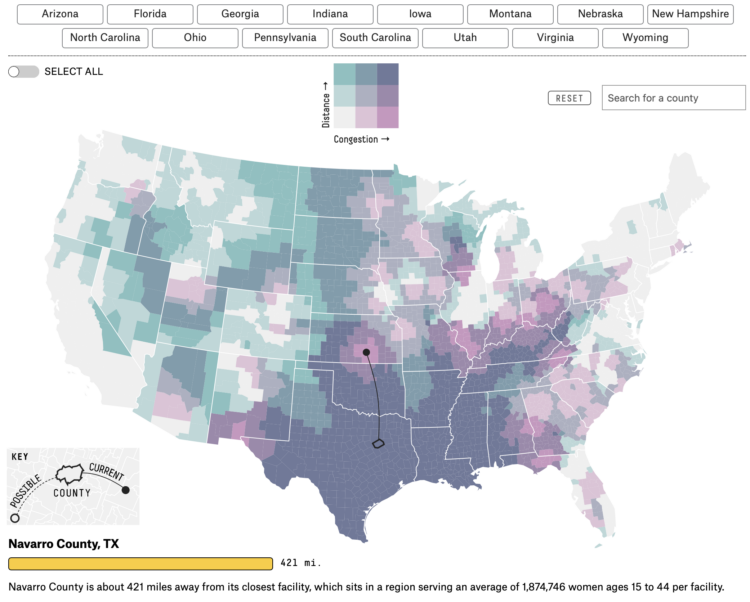

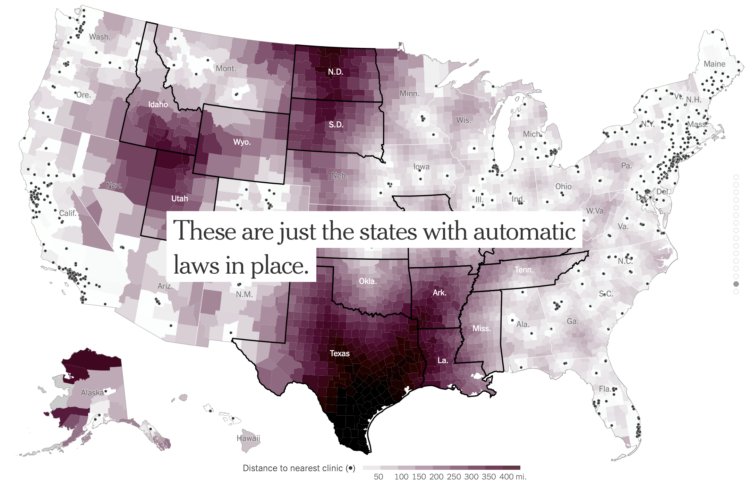
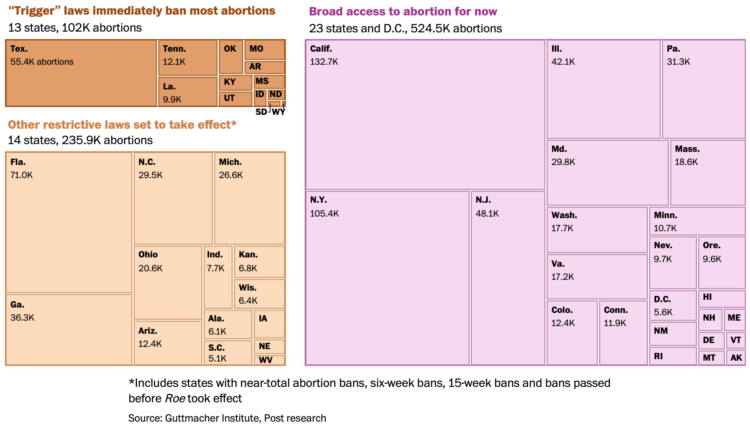
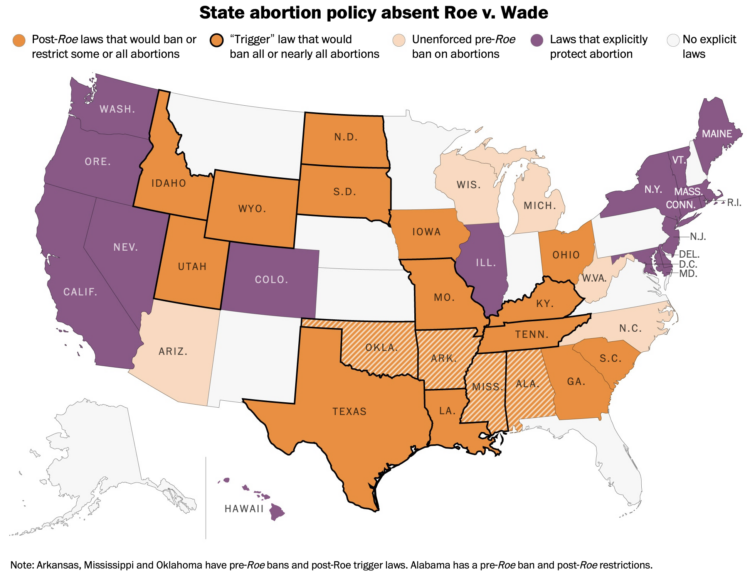
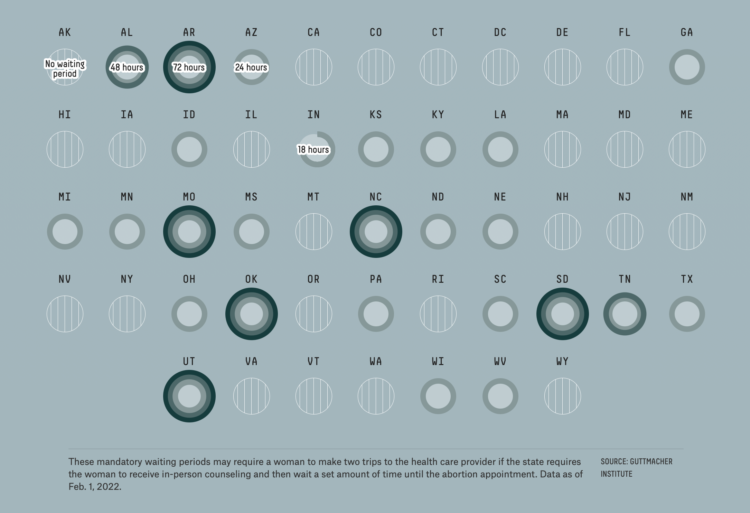


 0000-0002-8715-2896 Last week I read with incredulity section 215 of the American Health Care Act, the part that states that it “does not include coverage for abortions (other than any abortion necessary to save the life
0000-0002-8715-2896 Last week I read with incredulity section 215 of the American Health Care Act, the part that states that it “does not include coverage for abortions (other than any abortion necessary to save the life GRAVITATIONAL WAVES MAKE WAVES Here it is only February, but the long-sought detection of gravitational waves announced last week is likely to be the biggest science news of 2016. The ability to see/hear gravitational waves
GRAVITATIONAL WAVES MAKE WAVES Here it is only February, but the long-sought detection of gravitational waves announced last week is likely to be the biggest science news of 2016. The ability to see/hear gravitational waves